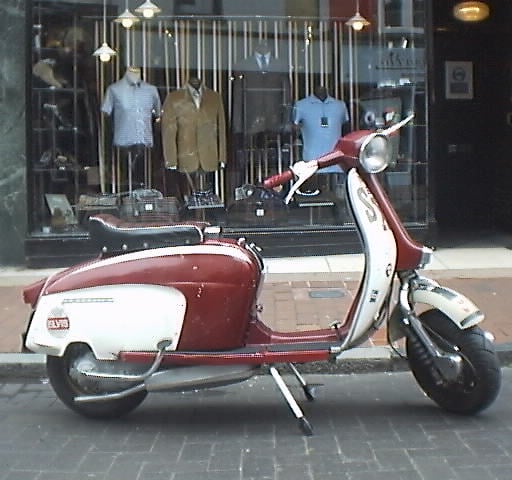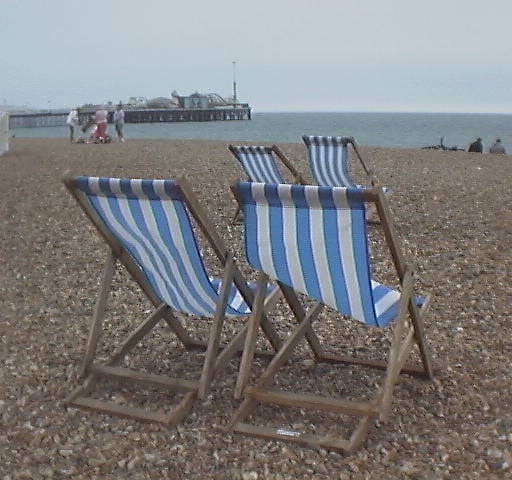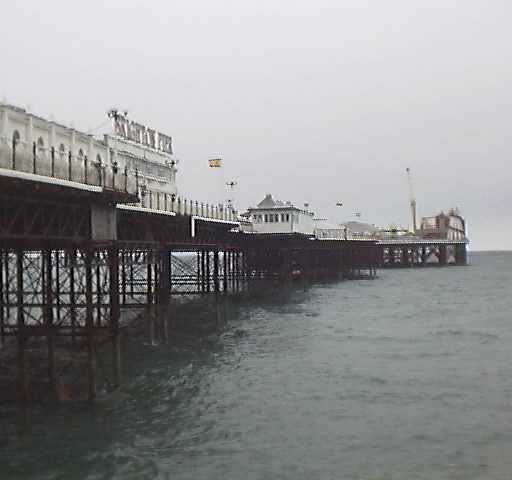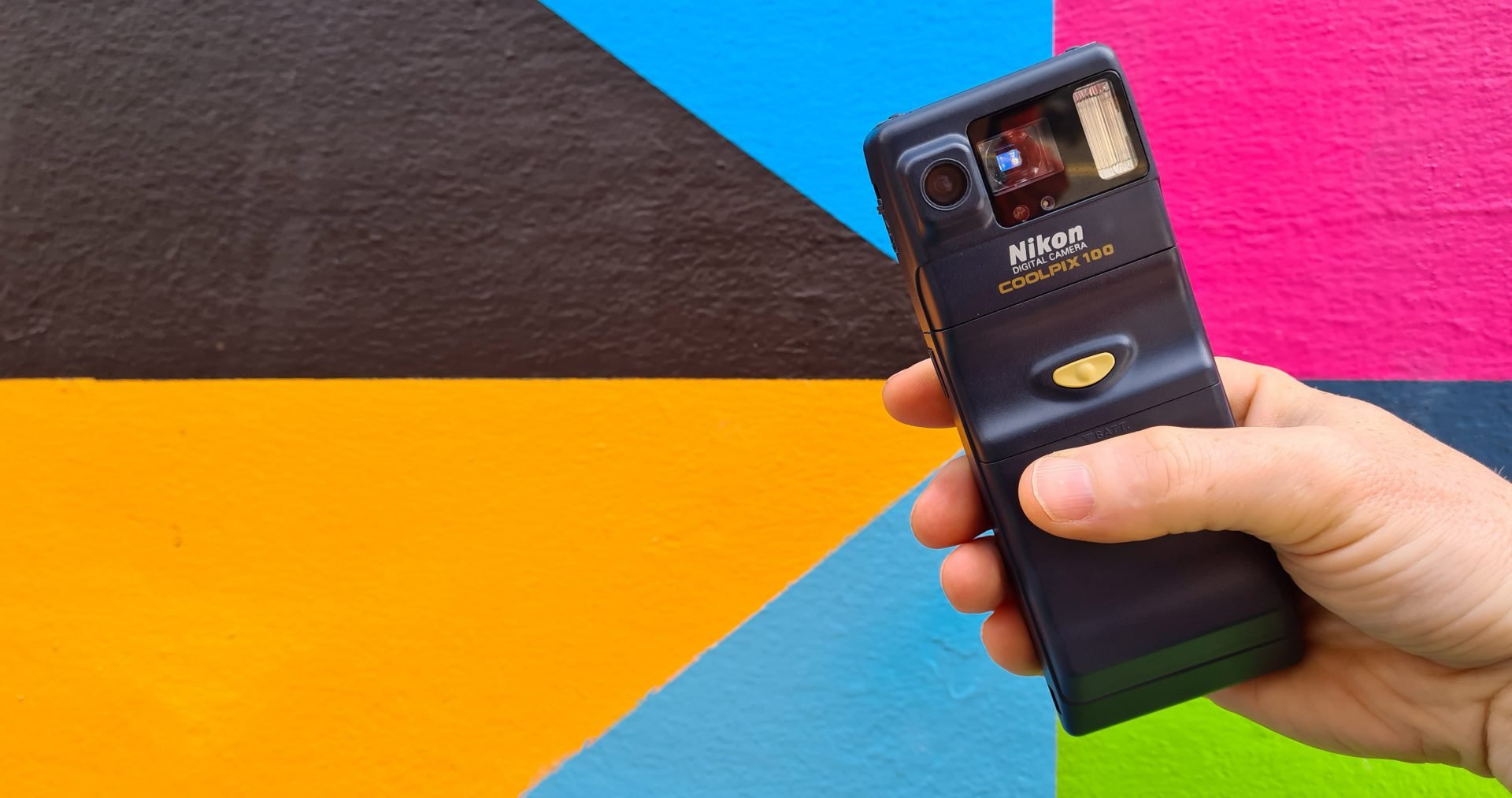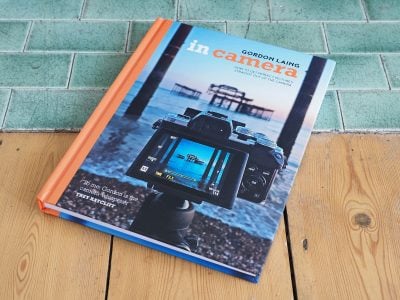Nikon COOLPIX 100 retro review
-
-
Written by Gordon Laing
Back in 1996, Nikon entered the consumer digital camera market with the COOLPIX 100. It cost around $500, had one third of a Megapixel and solved the thorny problem of expensive memory cards or annoying serial cables by building the camera into an industry-standard PCMCIA card, so you could simply slot the camera into a compatible laptop and directly access the images. In the video below I took the COOLPIX 100 out around Brighton to see how it performed a quarter of a century after it first came out!
The COOLPIX 100 may have been Nikon’s first consumer camera, but it wasn’t its first digital camera of any type. It had collaborated with Kodak and even NASA in the early to mid Nineties to equip various film SLRs with digital sensors and storage, while in 1995 it joined forces with Fujifilm to develop the E2 series of DSLRs. But the COOLPIX 100 was Nikon’s first attempt at a consumer digital camera.
Back in 1996, everyone had different ideas about what a digital camera should look like and Nikon opted for a vertically-oriented device you held a little like a modern smartphone. With the optical viewfinder and shutter release in the middle, it was also ambidextrous. But what made it really unique was building the camera into a PCMCIA card. Canon did something similar in the previous year with the CE300, but that model needed to stay connected to the laptop for power, control and storage whereas the COOLPIX 100 was a standalone camera.
Nikon equipped it with a fixed lens equivalent to 52mm with a one third of a Megapixel CCD sensor behind it, capturing images with 512×480 pixels. With 1MB of built-in memory you could store 21 images with Fine compression or 42 in Normal.
Exposure was fully automatic, although you could adjust the flash mode and even activate a self-timer although there was no tripod thread. The current settings were shown on a small LCD screen on the top, although like most cameras of the day there was no screen on the back to review images.
For power the COOLPIX 100 used four AA batteries which means it’s easy to use today, but it may be harder to find a working laptop with a PCMCIA slot as these were generally phased out around the early 2000’s. Since my PCMCIA USB card reader didn’t want to talk to the COOLPIX 100, I had to visit an old computer repair shop – Laptop Chap in Brighton’s Open Market – to find a suitably old model, but once inserted, it presented its storage as a 1MB removable drive from which it was quick and easy to copy the images out.
Nikon launched the COOLPIX 100 around the same time as the COOLPIX 300, another vertically-shaped device but more of a personal organiser with a 2.5in touchscreen for taking notes and the ability to record audio memos too. One year later in 1997 though, Nikon abandoned this shape for the COOLPIX 900 series of cameras aimed much more at the desires of photographers.
Nikon COOLPIX 100 sample images






